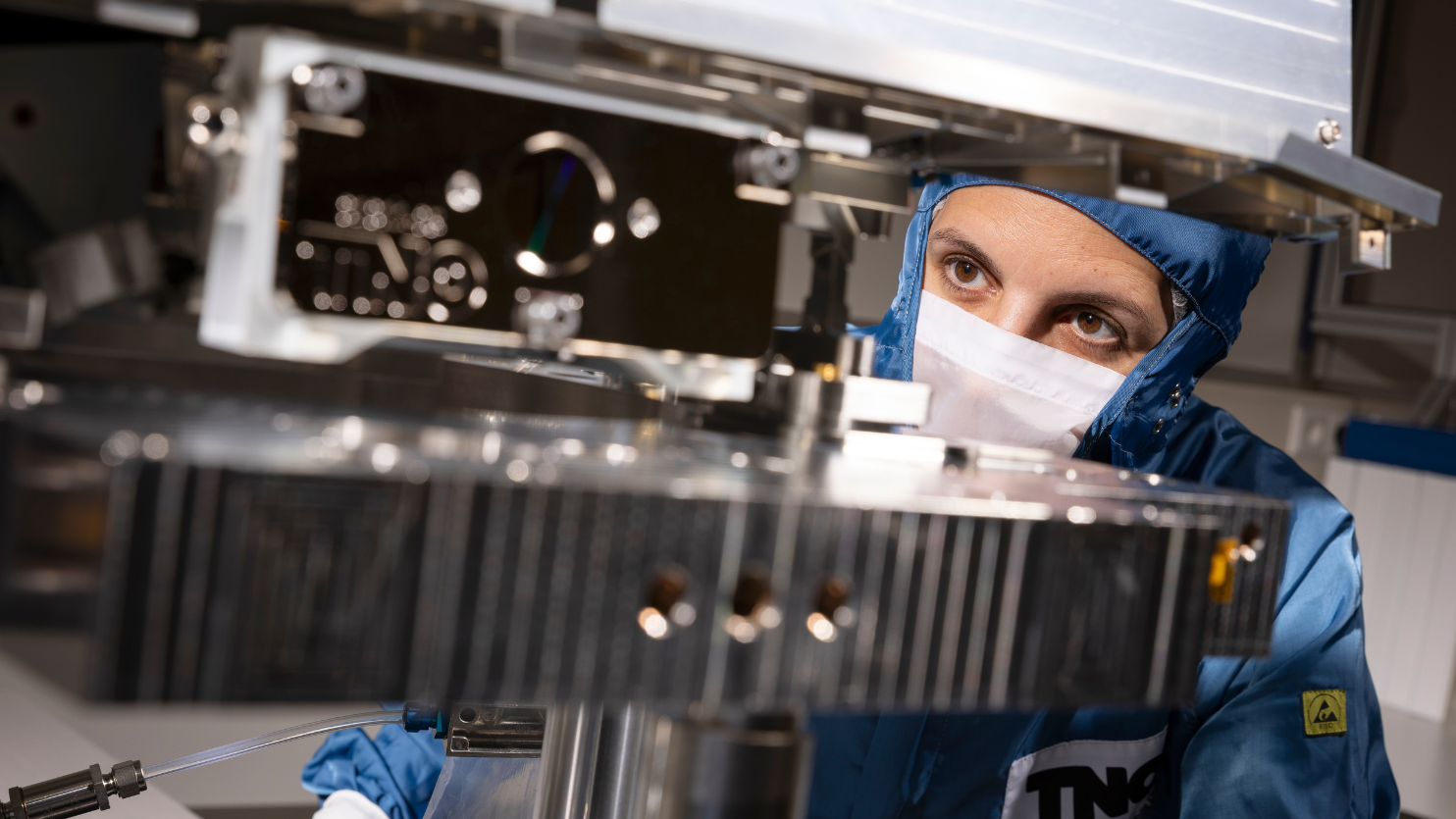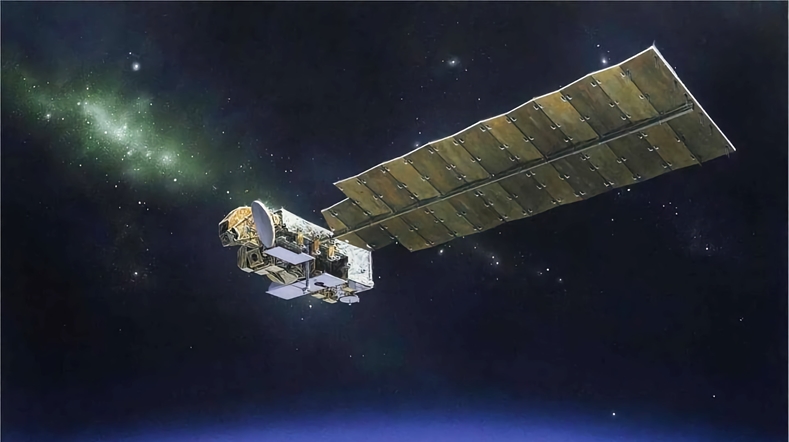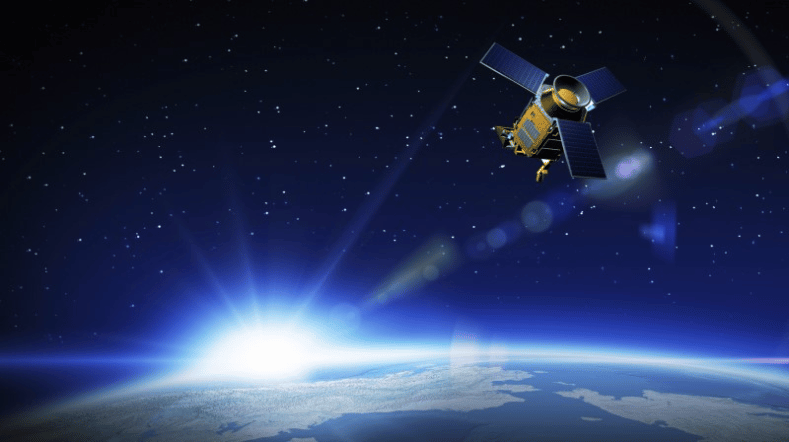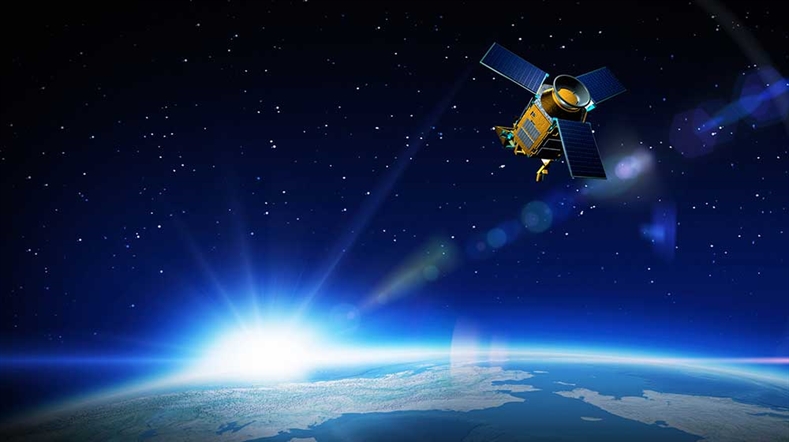
Sentinel-5: ultra-precise satellite data for a healthier future
On the night of August 13, the weather satellite MetOp-SG-A1 was successfully launched aboard an Ariane 6 rocket. Onboard is the advanced measuring instrument Sentinel-5 - a major step forward in monitoring the air we breathe.

‘This mission is a showcase of European collaboration, but also of Dutch innovation. What we learned from TROPOMI, we applied to Sentinel-5. And everything we learned from this complex mission can be used in future Earth observation missions.’
Sentinel-5 is part of the European Copernicus program and provides crucial data for daily air quality forecasts and long-term climate monitoring. Building on the success of TROPOMI, the instrument is designed to deliver the most accurate air quality data ever collected.
TNO plays a key role in this mission. Our experts in Delft developed high-end optical technology: a UV1 spectrometer for ultra-precise measurements and two compact, lightweight optical telescopes. These components are robust enough to withstand the forces of a launch - up to 22 times the force of gravity.
To ensure a continuous data stream for the next 21 years, all components were built three times. That means two decades of reliable information for scientists, policymakers, and citizens around the world. Sentinel-5 doesn’t just look at the atmosphere - it helps us build a healthier, more sustainable future.

TNO’s contribution to Sentinel-5
Effective environmental and climate action starts with reliable and consistent data on air pollution and atmospheric composition. TNO is proud to contribute to a new generation of satellites that, over the next 21 years, will provide global daily measurements of ozone, nitrogen dioxide, sulphur dioxide, formaldehyde, glyoxal, aerosols, carbon monoxide and methane.
Get inspired
Satellite instrument OMI orbits Earth for 100,000th time


TNO’s view of 2030: Getting a grip on climate change from space


TNO Prepares to Build Breakthrough Emissions Monitor

Knowledge institutes join forces to research climate change and air pollution using satellites


Satellite reveals higher methane emissions Australian coal mines


